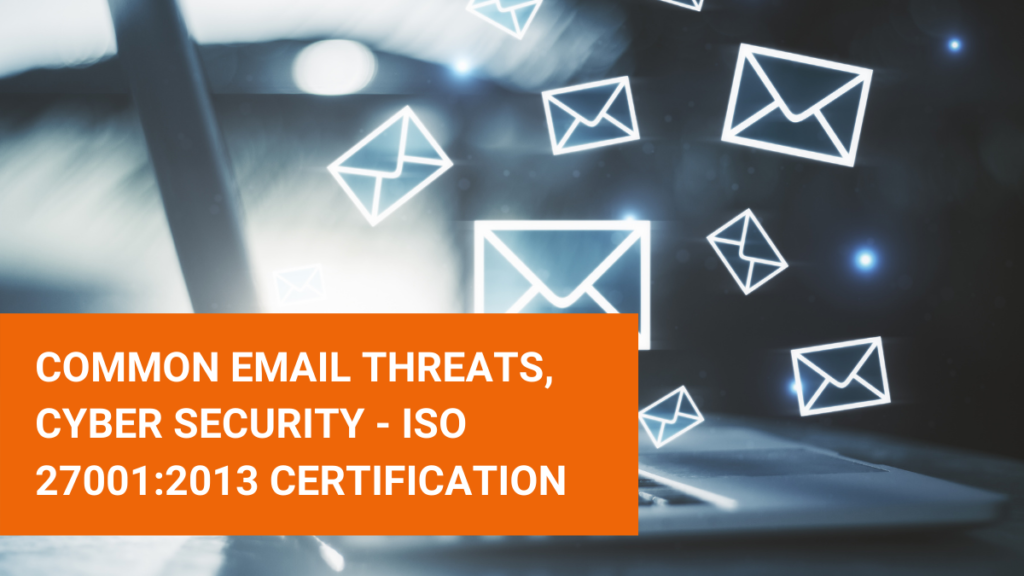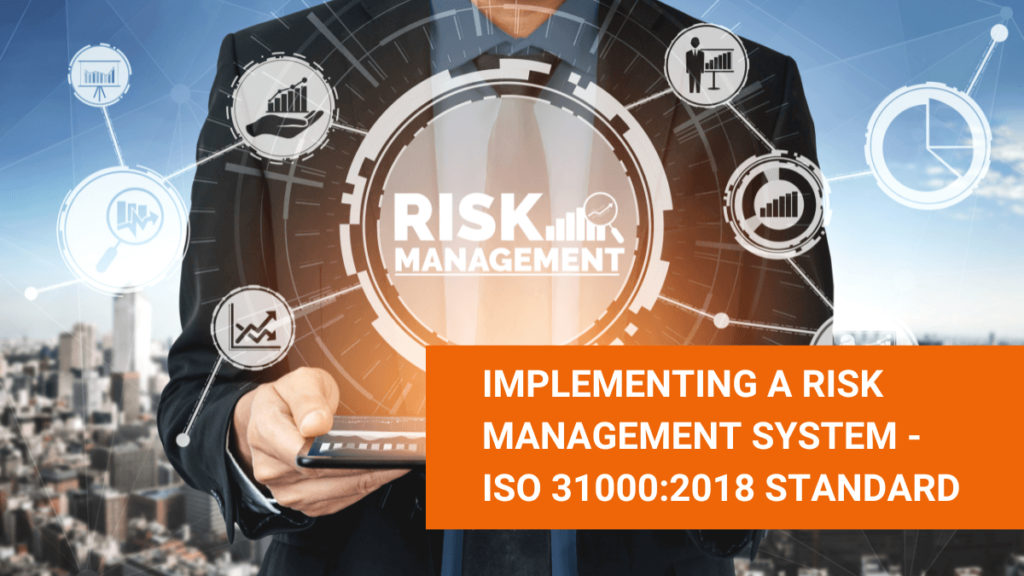ISO 45001:2018 Certification is the internationally recognized Health and Safety Management System.
Many companies in UAE and globally are looking for a systematic, cost-effective way to implement the standard within their organization.
Implementing a Management System comes at a cost. It consists of many attributes such as time required by the quality team, man-hours of employees, physical resources, etc.
Hence depending on the organizational goals, the ISO 45001:2018 is to be implemented to keep the overall cost low.
Why Use Budgeting Practices in an ISO 45001:2018 implementation Project?
Budget is essential for implementing the ISO 45001:2018 Standard successfully due to the requirement of deploying resources at various stages of the process.
Also, at various milestones there are process optimizations required, it requires changing the existing system and adding more staff, etc.
Cost Components for ISO 45001:2018 Certification
The cost component for ISO 45001:2018 implementation can be categorized into two.
1. Initial Costs
These costs cover the resource utilization part of the implementation project. All the requirements of the ISO 45001:2018 Standard are to be listed out and the cost heads are to be applied.

Budgeting the initial cost helps in better planning and controlling the project progress. The process can be optimized in effective ways keeping the cost low at the same time identify risks and opportunities to take the right action.
2. Ongoing Costs
The health and Management System Standard governs the daily business operations of an organization.
It is a continually improving project and hence depending on the organizational requirements there needs to be cost attributed to the implementation and maintenance of the system.
Steps in an ISO 45001:2018 Implementation Project and Cost Attribution
Following are the broad steps involved in the implementation of the ISO 45001:2018 Standard. At each stage, there is a cost attribution that is required for the Process implementation, system management, reporting, and more.
1. Obtain Management Support
The top management must have a meeting with the stakeholders and approve the initial costs required to start the implementation process. It is critical to ensure the required funds are allocated to start the project.
2. Establish Project Structure
The project structure will determine the project scope and flow chart. It will help in accurately attributing costs across various stages of the implementation process.

3. Define the Context and Scope
The scope of the project must be aligned perfectly with the organizational goals. The more simplified is the scope, the lesser is the expenses the organization will incur during the implementation of the ISO 45001:2018 Standard.
Hence, budgeting for the requirements as per the project scope is critical to keep a tab on the cost.
4. Health & Safety Management System Documentation
The documentation to ISO 45001:2018 Standard best practices is a requirement for the certification. Prepare the required documentation by taking the assistance of an expert ISO Consultant like AURION.
5. Conduct a Gap Analysis
Identify and evaluate the risks, opportunities, hazards, and legal requirements. The ISO Consultant will have to document the identify gaps and take the required corrective actions accordingly.
It is a lengthy process with the personals required for collecting the information about the company’s business operations. Hence the cost varied with the scope of contact network to be covered.
6. Implement all Processes and Procedures
There is a major cost contributor at this stage where the actual implementation of all processes and procedures takes place. For the system to be compliant with ISO 45001:2018 standard requirements, there might need changes in the system. It can be only identified clearly after the gap analysis.
7. Perform Training and Awareness
Employee training is a crucial component of ISO 45001:2018 implementation. All the employees who work in the IT team and other functionality must be aware of the requirement of the standard.
Delivering awareness and advanced training services about how to continually improve the business process using ISO 45001 standard is essential as per the guidelines.
8. Operate, Monitor, and Evaluate Health & Safety Standard
Once the Health and Management System is in place, the next important step is the successful continuing operation, monitoring, and evaluation of the process.
There will be a cost associated with the monitoring, measuring, auditing, and conducting management review of the standard by the quality team or the ISO Consultant.
9. Improve the ISO 45001:2018 Standard Compliance
There needs to be corrective actions and identification of new opportunities to improve the ISO 45001:2018 Standard compliance in the organization.
It will help in easily getting past the surveillance audit after the first year. The ISO Consultant will conduct regular optimization checks every 6 months and devise corrective actions.
10. Issuance of the Certification Standard
Once the implementation of ISO 45001:2018 Standard is successfully and the system is compliant with all the regulations, an external audit by the Certification Body is conducted to issue the ISO 45001:2018 Certificate to the organization.
Hence, in a nutshell, the cost component involved in getting an ISO 45001:2018 is split across various stages of the Certification process.
Proper budgeting of the cost involved in ISO 45001:2018 Standard implementation helps the organization to plan better for the expense allocation and the success of the ISO certification.
To know more about getting ISO 45001:2018 Certification in UAE, talk to our expert ISO Consultants right away!
Contact Us: Aurion ISO Consultants



